Titleist TSR Drivers
What a journey Titleist has been on the past six years. It was that long ago when the company sat down and decided to take a very introspective look in the mirror when it came to metalwoods. Turns out, it was one of the best things they ever could have done. You see, it was at that time when Titleist was making good drivers in their 900-series. They were often applauded for their playability, but there was something missing. Speed.
So, the “Titleist Speed Project” was established, and the company set out to create a product that could stand toe to toe with any other in the marketplace not just in playability, but also sheer speed and power. First came TS which was a notable jump from the 900-series, but it was the TSi which kicked the door down for the company. The TSi has been the #1 driver on Tour, something many other companies have practically sold their soul to achieve.
Where do you go from there though? According to Titleist, you re-invent and refine.
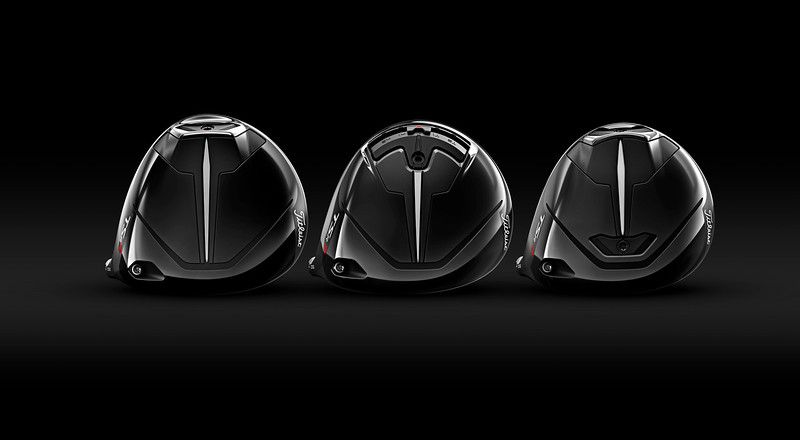
Titleist TSR Drivers
When Titleist brought their ATI 425 Aerospace Titanium face to the table with TSi, they did something many companies had convinced themselves wasn’t possible anymore by creating a lineup of all titanium drivers that could compete with anything out there in every performance measurable. With that in mind, it should be no surprise that Titleist is once again out to prove to the industry that composites are cool, but Titanium isn’t at all out of style.
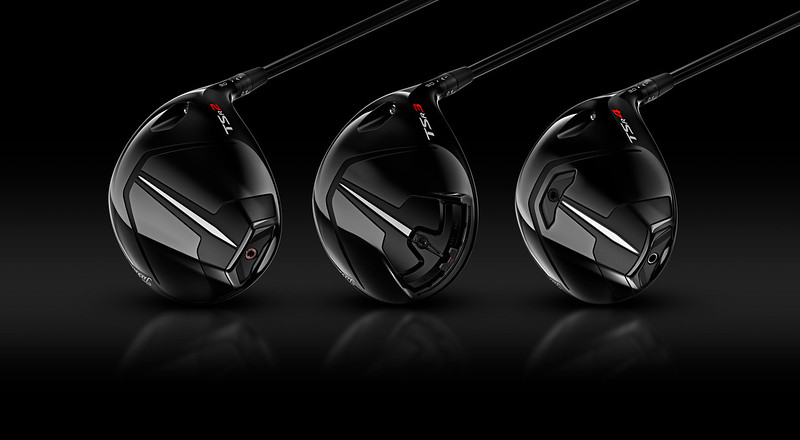
The TSR drivers represent refinement for the company. For two iterations they have pulled out all the stops to create a framework which put them as a must try driver company. With that achieved, the move now isn’t to just regurgitate it, but to refine and fine tune it.
A major part of the TSR design is the increased attention to aerodynamics on all three heads. These refinements visually go from very subdued in the TSR3 and TSR4, to much more notable in the TSR2 which showcases a much more traditional and flowing shape than the TSi2. Additionally, the goal was to remove as much drag as possible, and this was achieved with each head having a new “boat tail” shape.
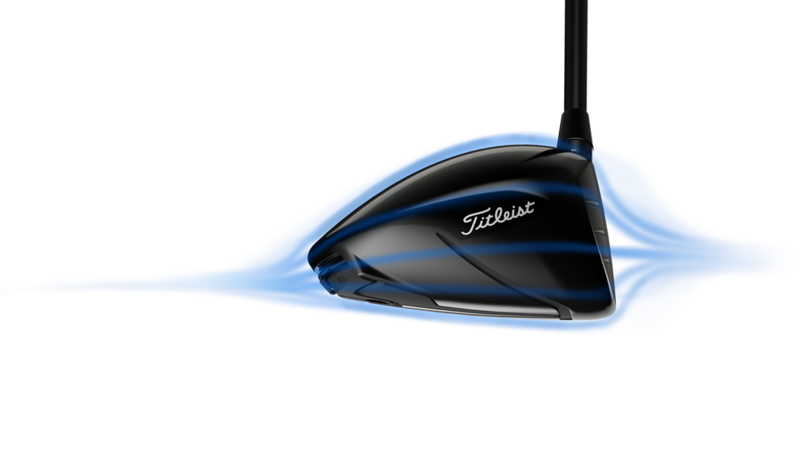
Massive focus was also put on the face of each TSR driver. Now, don’t worry, the aerospace titanium which many fell in love with on the TSi’s is still present and accounted for, but that doesn’t mean there couldn’t be improvements, particularly in the variable thickness to improve speed production and retention. Two different VFT designs are in play with TSR, “Multi-Plateau VFT” with the TSR2 and TSR4, and “Speed Ring VFT” in the TSR3.
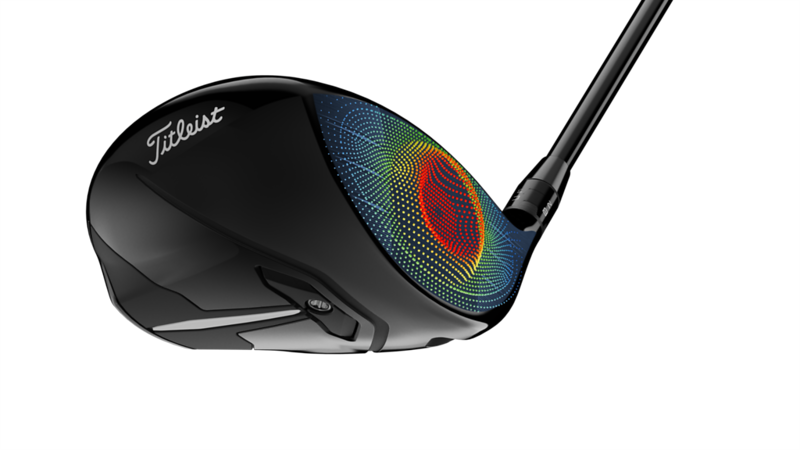
The Multi-Plateau design in the TSR2 and TSR4 is built inward individual layer by layer to regulate the face to create an almost constant CT over the entire surface making for more retention and forgiveness on off-center strikes. With the TSR3, Speed Ring VFT is all about centering the maximum COR/CT relationship right into the sweet spot giving those who find the middle of the face maximized speed potential.
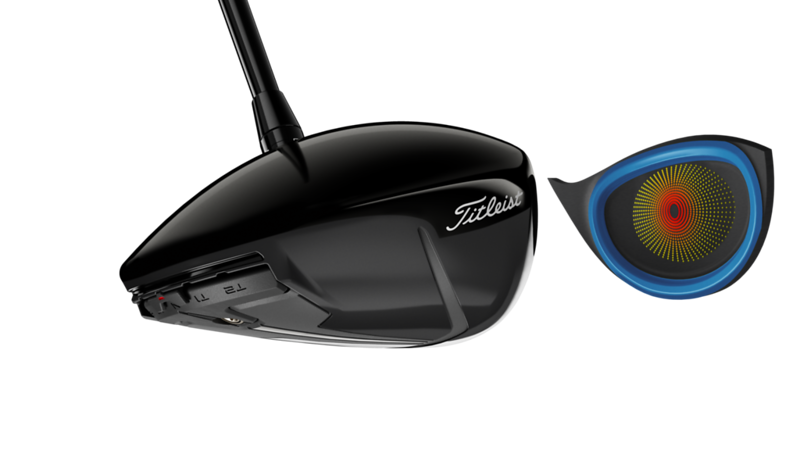
While the above signifies the hot-button design features in the TSR lineup, each club is also worth diving into individually for a more clarified picture.
Titleist TSR2 Driver
The TSR2 is a 460cc design which is the most forgiving of the three TSR options. This is the driver which offers speed and stability above all else to ensure performance across the face with the previously discussed “Multi-Plateau VFT” being a major part. Interestingly, the CG in the TSR2 is lower and forward than the TS2 and TSi2, according to Titleist this is all about ball speed and launch/spin condition optimization.
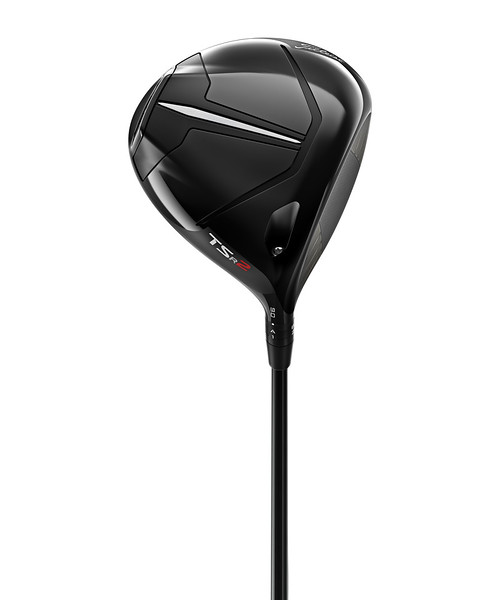
Rounding out the high launch, low spin design is a “reimagined” look. Basically, it looks like the TSR2 went on a diet and came back with a look that even the pickiest players will now get along with. A better shaping in the rear getting rid of the quasi-angular look of the TSi2 as well as a refined toe shape make for a driver that looks like a classic Titleist head. Not to mention, gone is the out of place silver finish on the sole, now the TSR2 blends seamlessly to its siblings.
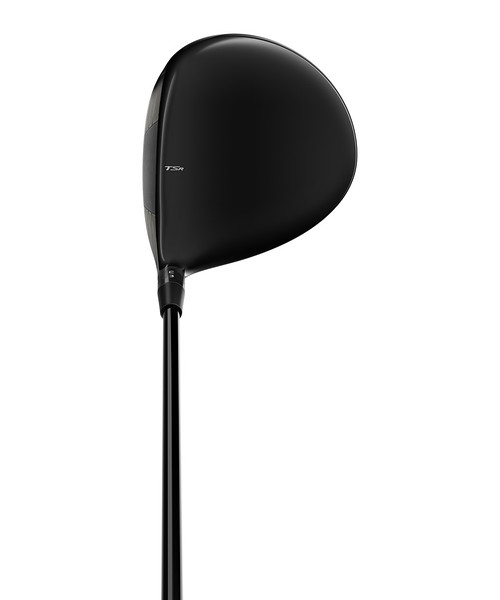
Length: 45.5”
Loft Options: 8.0 in RH and 9.0, 10.0, 11.0 in RH/LH
Titleist TSR3 Driver
Another 460cc clubhead, the TSR3 builds on what was the most popular clubhead in the TSi driver release. The goal was to keep the player’s profile but fine tune it by understanding that type of golfer is one that tends to live in the center of the clubface. That is where the aforementioned “Speed Ring VFT” comes in to maximize the CT/COR relationship in the sweet spot. Speaking of that sweet spot, it is now even more tunable with a reimagined CG Track System which is more efficient at dialing things in for the player than the previous version.
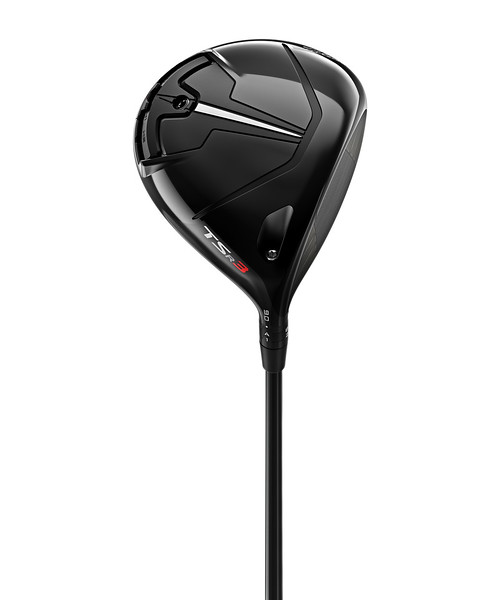
Visually, the TSR3 will look extremely familiar to those who spent time with the TSi3. This was intentional as there was no need to overhaul what was already massively successful. Instead, there were subtle tweaks to improve the aerodynamics to make the mid-high launch and low spin design stand out even more. In fact, based on the early Tour adoption rate, this is once again going to be a big hitter for Titleist.
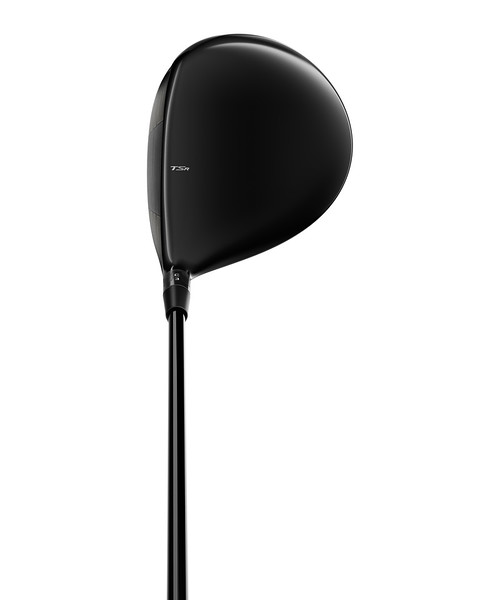
Length: 45.5”
Loft Options: 8.0, 9.0, 10.0 in RH/LH (10.0 is custom in LH), and 11.0 in RH (custom)
Titleist TSR4 Driver
Finally, the TSR4. What we have here is, contrary to early rumors, once again a 430cc driver design that visually is one of the most classic looks we have seen. Make no mistake, this is a low-spin and mid-low launching clubhead aimed at the better player and those who struggle to keep spin below 3,000 RPM’s.
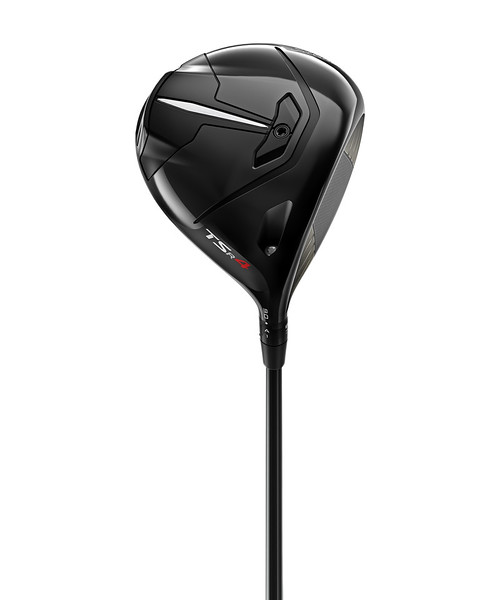
Where the TSi4 was a very demanding low and forward CG driver, the TSR4 will undoubtedly keep some of that demand, but Titleist has done much work to increase the playability. First, the application of the new “Multi-Plateau VFT” face also used in the TSR2 seeks to add notable consistency in speed and distance which the TSi4 did not have away from center. Second, the TSR4 features a two-weight system with the option to place a heavy weight in a forward port, or a rearward one which Titleist states turns the club into a TSR3.5 of sorts.
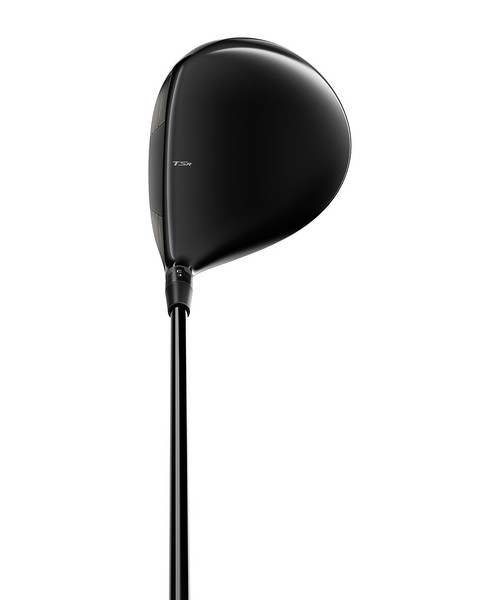
Length: 45.5”
Loft Options: 9.0 in RH/LH, 8.0 and 10.0 in RH
The Details
The new TSR drivers will hit stores on 9/23/2022 and feature a breadth of no-upcharge and custom shaft options. As standard, the lineup will offer Project X’s HZRDUS Red CB and HZRDUS Black 4G, as well as the Mitsubishi Chemical Tensei AV Blue with Xlink and Tensei 1K Black. More than that, for a $200.00 upcharge the Graphite Design Tour AD UB, Tour AD IZ, and Tour AD DI will also be available. Yes, there is a full catalog of other full upcharge shafts, but the Graphite Design “Premium” level option is quite cool to see. The TSR drivers will be priced at $599 for the standard options, and $799 for premium.
What do you think of what Titleist is bringing to the table this year with the TSR drivers? Do you plan on seeking them out to try? Jump in and let us know all your thoughts in the comments below or directly on the THP Community!




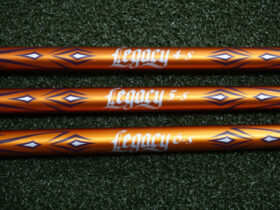
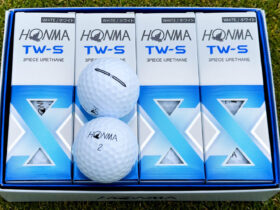






Wow dude. That is absolutely bombing it.
@OldandStiff cue spicy trajectory music please. Is there a bit of dry spring rollout involved here? Probably. Do I care?
383???
What music goes with that?
Nice.
Holy hell. What is your swing speed at right now man? Even if there’s some downhill and spring rollout, tailwind, yada yada, you’re got to be carrying it close to 300 or even more in standard conditions.
Clearly I need to go SuperSpeed it up again because all of a sudden I am a short knocker ?
Kind of hops around on the PRGR, can be as low as 106 or as high as 113 depending on how I’m feeling that day. The Stack has definitely paid off for me this winter!
We are in the same range…clearly I need to find the middle of the face more often! Golf is hard
Anyways, nicely done man. Looks like the TSR is killing it for you.